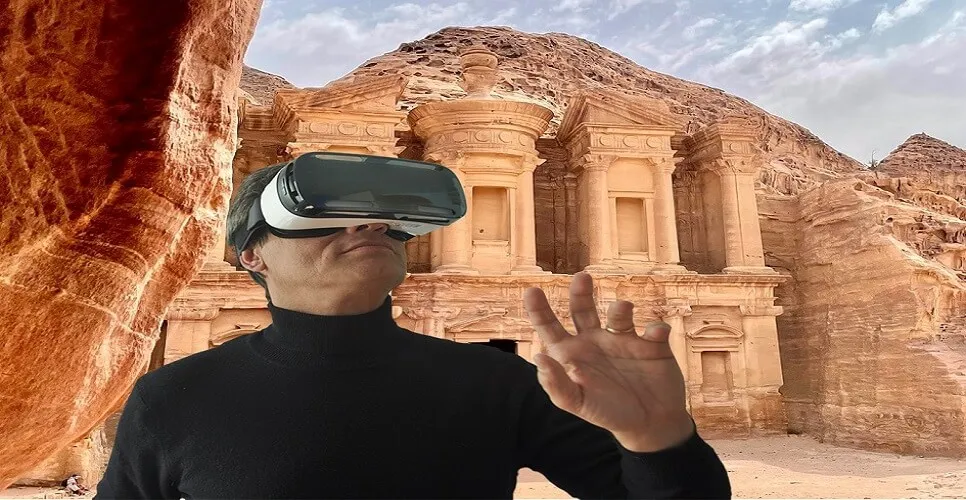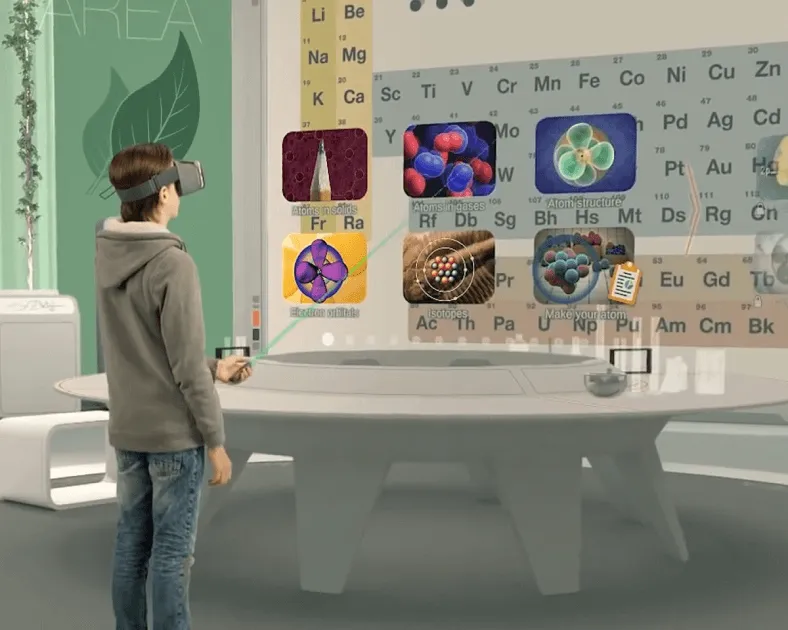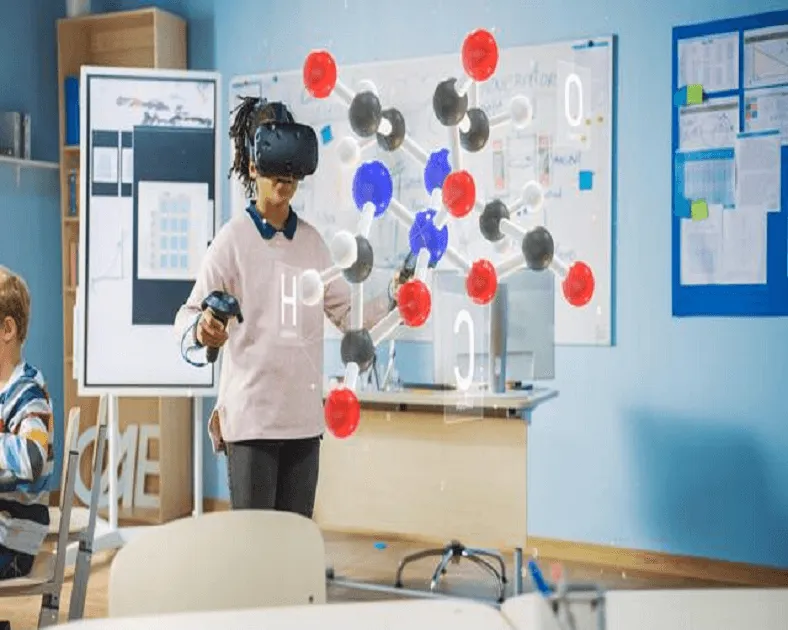VR Museum
Traditionally, art appreciation has been exclusive and often expensive. It requires some planning and organizational effort and often involves travel. The same can be said about visiting a major natural history or science museum. Afterward, museum-goers would often encounter long queues, crowded rooms, and unsympathetic guides. Too often, they may have just a few seconds per exhibit and even fail to see what they’d anticipated most. Besides these difficulties for the public, this model actually contradicts the museums’ aim to disseminate knowledge and art to as many people as possible
Virtual Reality can both alleviate
these problems and take the museums’ mission to a new
level. The medium is praised for its ability to recreate spaces, remote destinations, or places that no
longer exist, and to transport viewers there just by strapping on a VR headset. This way, even people with
mobility issues can nowadays access the world’s best collections without leaving home
Many museums use VR technologies to create virtual tours
and programs for sharing their collections
worldwide. Best VR museum tours can provide the
experience of self-guided exploration or a private viewing,
standing in front of an exhibit as long as one pleases, without rope barriers and glass walls. Access to art
and knowledge becomes both immediate and more affordable regardless of the viewer’s background and location
VR technology not only enables people to experience a
certain exhibit or tour virtually but makes it
possible to create an entire new museum online
Location-based Museum Virtual Reality Experiences
Leading museums are leveraging Virtual
Reality on premises to help visitors better
understand their collections. These VR exhibits are
intended not to substitute existing ones, in a way, but
to enhance, complement, or simply promote what is already there. The historical VR project blends artefacts
scanned at the museum with digital panoramas to give visitors the feeling of walking in the town centuries
ago or witnessing the flooding of an ancient mine after an explosion
VR promotes scientific knowledge by combining emotion
with discovery. There are five VR stations equipped
with the newest VR systems to support contemplative,
interactive, seated, standing, or moving immersive VR
experiences. Five participants can have the sessions simultaneously, viewing various life-forms up close and
to scale and exploring the links between them. Their companions can see on a video screen what they are
seeing
Virtual Reality Art
Artists themselves have been experimenting with VR and creating pioneering new works. VR
allows them to design original and often fantastic environments and immensely artistic simulations for
multisensory virtual immersion experiences. Moreover, VR’s neural and muscular interface allows viewers to
become active participants rather than mere consumers
Technology is evolving to support them. For example, the already mentioned HTC Vive Arts is a
multimillion-dollar initiative aiming to transform the way we create and engage with art. Since its launch
in November 2017, it has been instrumental in the development of many artists’ and cultural institutes’
works
Explore More Projects
We welcome your questions, do not hesitate to contact us
- Create virtual reality and augmented reality experiences at the best prices
- Equipping engineering laboratories with the best equipment
- Virtual tours with 360° technology and also feature that you can see them through just one link
- Create virtual reality and augmented reality experiences at the best prices
- Equipping engineering laboratories with the best equipment
-
Virtual tours with 360° technology and also feature that you can see
them through just one link




